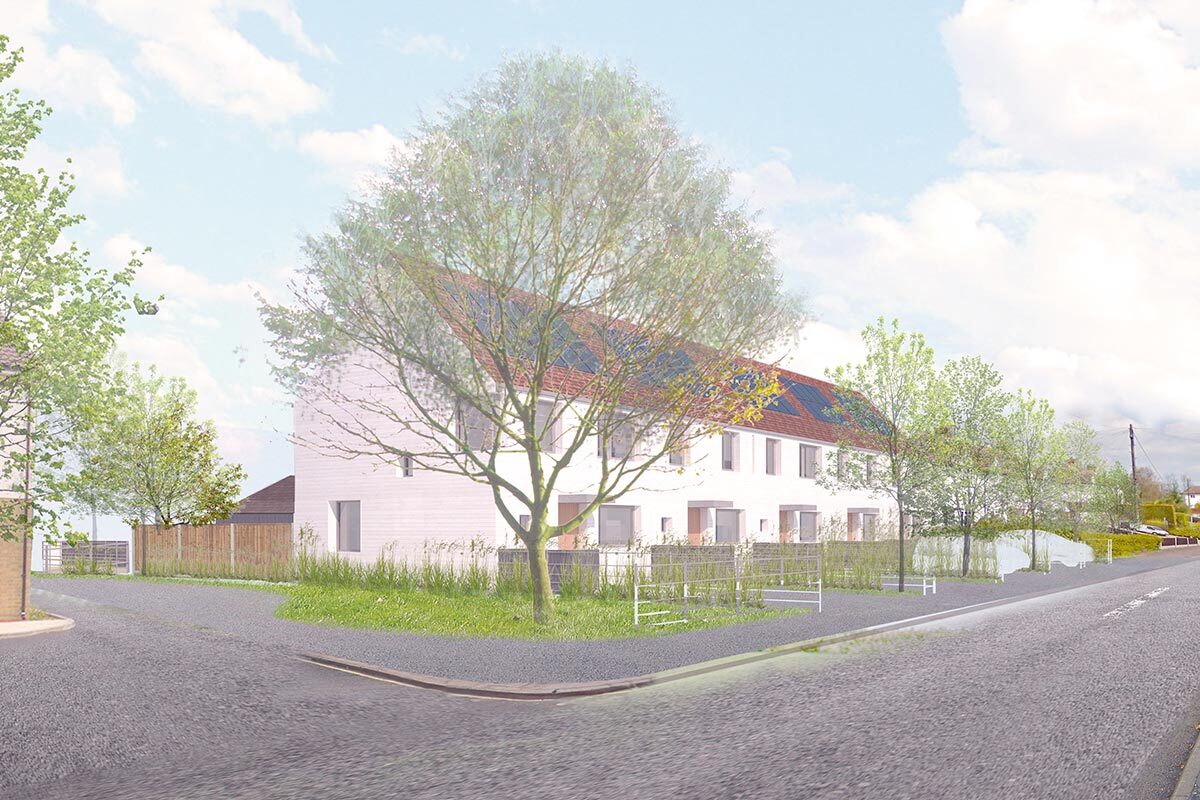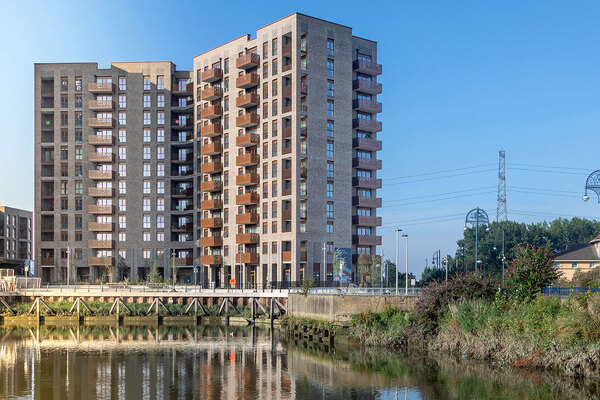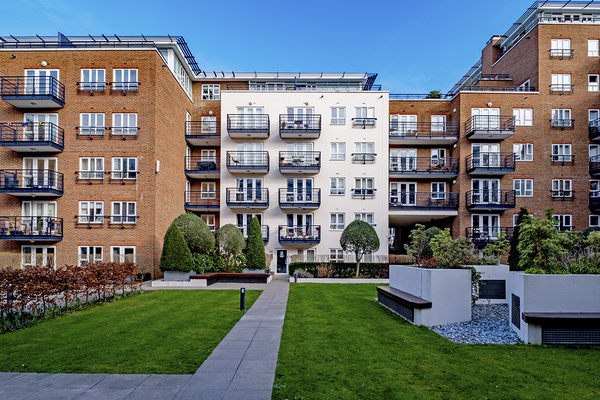You are viewing 1 of your 1 free articles
Consultation opens on new Future Homes Standard
The government has opened its consultation on the proposed Future Homes Standard (FHS) for new build homes, to be introduced in 2025.

The new energy-efficiency standard would deliver “zero-carbon ready” new homes, meaning they would have zero carbon emissions once the electricity grid has decarbonised, housing secretary Michael Gove said.
All new homes will be required to have high fabric standards and use low-carbon heating systems, such as air-source heat pumps. For blocks of flats, the preferred heating system is likely to be a fourth-generation heat network that uses air-source heat pumps.
Hybrid heat pumps, hydrogen-ready boilers and biofuel systems are not expected to meet the standard. At the same time, it proposes one option with solar panels and one without.
The government said it did not think either option would have significant impacts on housing supply and affordability, but added: “We are keen to hear evidence from consultees about possible impacts on viability and deliverability of housing developments.”
Solar panels will not be required for blocks of flats over 15 storeys high. The standard also proposes an option with wastewater heat-recovery systems, increased airtightness and mechanical ventilation, and one without.
The first option would “maximise carbon savings” and reduce household bills, but it “comes with additional upfront costs for developers and may therefore affect overall housing supply”. Wastewater heat-recovery systems will not be required for single-storey flats and bungalows.
Fabric performance requirements closely resemble standards introduced in 2021. The decision to keep them largely the same is because “increasing fabric beyond the proposed level does not deliver significant gains to the efficiency of heating systems”.
To allow the industry to adapt, the consultation proposes two options for transitioning to the standard: a six-month or up to 12-month period between the legislation being published and coming into force in 2025, followed by a 12-month transitional period.
New homes can be connected to existing heat networks, but the heat required by any additional homes should match the low-carbon heat-generation capacity of the network.
Some exemptions are proposed which would permit local authorities to relax or dispense with the energy-efficiency requirements where they judge that being required to meet the standards fully would be unreasonable.
“This is in recognition of the fact that as the energy-efficiency requirements we set for new buildings become stricter, the chances that a small number of buildings legitimately cannot be designed to meet them increases,” said the consultation document.
The consultation is also seeking views on introducing higher energy-efficiency standards for new homes created through conversions, and asks whether 2021 overheating standards should be amended.
The government is separately consulting on a new Home Energy Model which will replace the Standard Assessment Procedure (SAP) for the energy rating of new homes.
This examines improvements to the current ‘notional building’ approach to setting energy-efficiency requirements.
It includes reviewing changes to standardised assumptions, heat-pump sizing methodologies, weather, buildings containing multiple dwellings, secondary heating, window and door U-value calculations and thermal bridging.
After analysing responses to the consultation, ministers will legislate for the standard in 2024 by amending building regulations.
The consultation runs until 6 March 2024.
Baroness Penn, minister for housing and communities, said: “New homes and buildings must be fit for the future to help us reach net zero by 2050.
“Our energy-saving changes will cut bills for new homeowners and businesses, while also reducing carbon emissions by at least 75% for all new homes. This builds on our long-term plan for housing to deliver the high-quality, energy-efficient homes that local communities want and need.”
In August, Clarion revealed it was exploring the cost and challenges of building to the FHS.
Sign up for our development and finance newsletter
Already have an account? Click here to manage your newsletters










